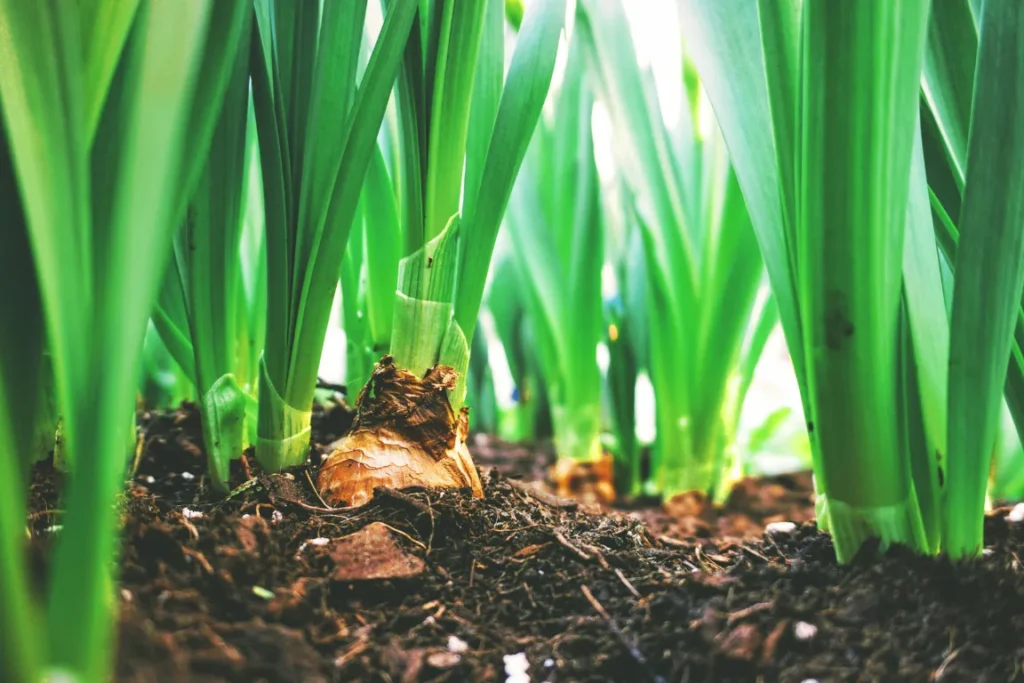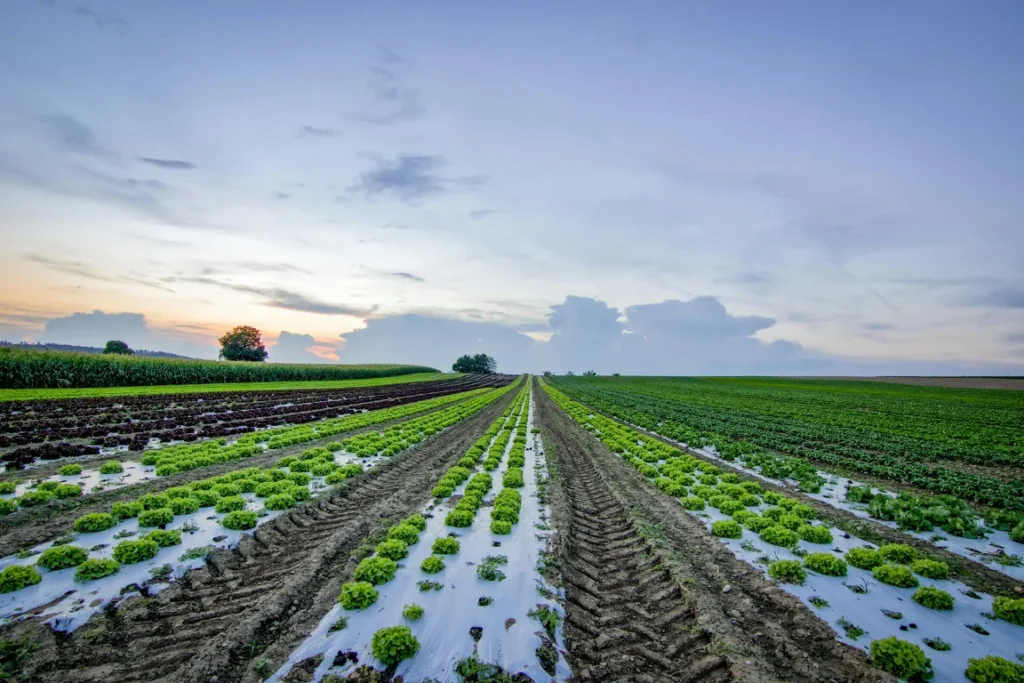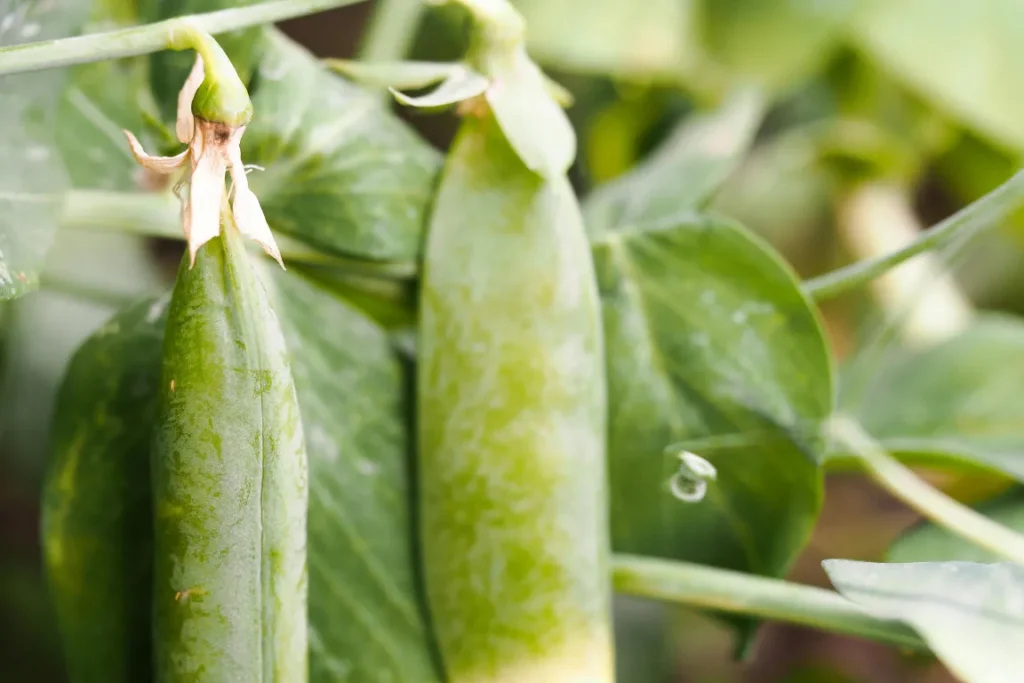We are used to thinking of the soil as something immobile, stable and empty, so much so that we often find it difficult to devote ourselves to observing the soil and all the wonders it has to offer!
But the reality is quite different, and the soil has so many capacities that perhaps we should get to know better in order to understand even better the great help that conservation agriculture could give us!
A micro-world called 'soil'
Soil is capable of performing an important productive function, such as converting light energy into chemical energy.
It is also home to many different species of organisms representing three-quarters of the planet's total biodiversity, so numerous and diverse are they!
In short, these tiny microscopic individuals between the grains of soil are far more numerous than all living things in direct sunlight all together!
Soil also has a great capacity to store water, which is now over-exploited by humansto the extent
that it accounts for up to 90% of the world's agricultural production and about a third of all fresh water.
Consequences of a depleted soil
The soil is unable to retain even half of the 90 per cent of agricultural production,
so most of the water that passes through the soil tends to run off into rivers,
streams and the sea.
This transport of water leads to a great loss of nutrients and chemicals
which in turn leads to the great pollution of fresh water
which is now one of the many environmental problems facing the entire planet!
This is where the concept of 'dead zones'
comes into play, i.e. all those vast areas of sea and inland water (rivers and lakes) that are completely polluted and devoid of any form of life.
But what if the soil is well nourished?

If we instead consider a situation exactly the opposite of the one considered in the previous paragraph,
i.e. a situation in which the soil is well nourished and has a good amount of organic matter in it,
carbon, which turns out to be the organic matter of interest to us, would surely be able to retain much more water in the soil!
Many floods would be avoided,
and many crops would not wither during the droughts that are becoming more and more frequent!
Today, fortunately, several agricultural realities are entering the world of so-called 'conservation agriculture“,
a system of activities and behaviours 'in the field' that can support the soil and improve its quality.
Let us take a look at some of the most widely used conservation farming systems to date!
The NT system and cover crops
No tillage (NT) is a type of conservation agriculture that relies mainly on the growth of cover crops.
Let me explain the concept.
In agriculture, depending on the seasonsoils can be left 'fallow'
which means that for a period of time the various cultivation activities, such as seeding or ploughing, are not carried out.
In many situations, especially in intensive farming, the land is left to itself during these periods,
which can lead to overuse of the soil due to the growth of pathogens or extreme climatic events
such as continuous rainfall or, conversely, excessive solar radiation.
In the NT system, on the other hand, the soil is not left to its own devices but, depending on the season, certain speciesare cultivated, selected critically according to the type of soil and the local climate,
with the task of nourishing the soil and preventing erosion.
All these cover crops have become essential to the success of no-till conservation agriculture and, fortunately, there are already many farms that have started using them!

Unfortunately, our planet is full of challenges and threats!
But fortunately we can talk about them, discuss them and try to find solutions together, even in small ways!!
I am waiting for you!
A beneficial 'cocktail' of crops
The idea behind using different crops in a no-tillage system
is to exploit the synergy of different plants working together to recycle biomass,
thus recovering the various minerals and carbon accumulated in the soil during the growing season!
Over time, this agricultural technique has several advantages
- a large amount of moisture in the soil;
- biological fixation of the soil and recycling of nutrients;
- improved biological control of pests and diseases;
- better protection against erosion.
Diversified crop rotation

Diversified Crop Rotation (DCR) is a practice that has always been part of the reality of conservation agriculture.
However, this practice does not just rotate two different crops seasonally,
but introduces a much more diversified sequence leading to the rotation of three or more crops.
By using this technique themselves, farmers have come to realise how essential and helpful it is if they are to keep their land in perfect health.
This varied sequence of crops leads to a greater growth in soil organic matter,
a reduction in erosion
and a better conservation of water resources
ultimately contributing to a perfect conservation of water in the soil.
Plants versus pathogens: a lifelong battle
Farmers using the various conservation agriculture systems are even able to manage the various problems that very often lead to crop failure,
such as weed growth, nematodes and various insect species.
But how do they, these farmers, manage all these different types of damage without risking losing all the fruits of their months of hard work?
Thanks to the various systems of conservation agriculture described in the previous paragraphs,
farmers are able to interrupt the life cycles of pathogens and thus create an unfavourable environment for the proliferation of plant diseases,
precisely by alternating different crops with different plant species.
Let me explain.
The growth of pathogens is mainly favoured by the presence of only one species in the field, hence the technical term 'monoculture“.
Each pathogen can only survive in the presence of a particular plant species,
so if you continue to grow only one species, the pathogen will continue to spread easily within the crop.
If, on the other hand, instead of a single species, farmers began to grow different plants at different times of the year,
these different species, each with their own adaptations and specific characteristics, would cause the patogen of a single species growth and developing altogether.
The disease, which previously affected the entire crop, would then be completely eradicated.
The strong altruism of plant species in conservation agriculture

The presence of different plant species also favours the development of certain micro-organisms that are fundamental to the functioning of the soil.
Let me take an example.
Crops of different species planted alternately, such as peas and chickpeas,
can greatly enhance the growth of crops of species that will be planted the following season,
such as wheat.
In other words, different species tend to help each other!
Conservation agriculture and the economy
The big issue at the heart of this system of conservation agriculture, which would do so much to help the health of the soil and plant species essential to our survival,
turns out to be purely economic!
Unfortunately, to date, although the most sustainable technologies and new discoveries are making great strides forward,
the initial investment associated with this type of activity is extremely low, if not non-existent!
We must also take into account the fact that in many geographical areas there is limited technological knowledge,
a situation that makes it very difficult to develop and disseminate most of the knowledge and discoveries in the scientific field.
Sustainable partnerships and opportunities
Conservation agriculture, whether DCR or NT, not only transforms food production,
but also contributes to more sustainable management of ecosystems in different agricultural landscapes.
Fortunately, conservation agriculture is also beginning to take hold globally,
providing more market opportunities or farmers and lasting environmental benefits.
Collaboration between the scientific community, farmers and institutions
is therefore essential to promote greater knowledge and application of these new agricultural technologies and to ensure a sustainable future for agriculture.

Leave a Reply